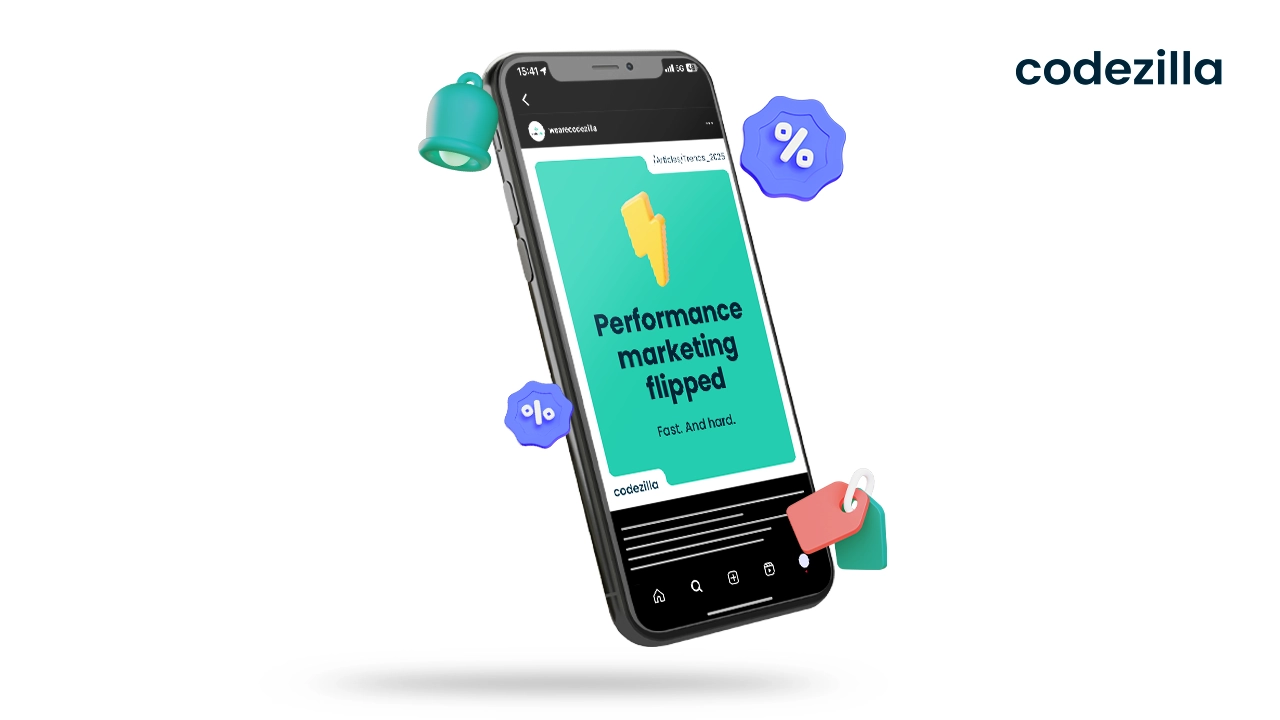The world of digital marketing is evolving faster than ever, with AI playing a central role in shaping strategies and improving campaign performance. In 2025, businesses must adapt to new tools, data strategies, and advertising channels to stay competitive. From Google Ads and Meta to first-party data and Connected TV, here are the key trends that will define digital marketing success this year.

One of the digital marketing channels most impacted by technological progress and the integration of artificial intelligence is performance (or paid media). Whether we're talking specifically about Google Ads, Meta campaigns, other platforms, or the evolution of media strategy in general, it's clear that things are getting better and better.
Campaign Optimization with Artificial Intelligence
Whether it's the integration of artificial intelligence by major programmatic advertising platforms (Google Ads, Meta, LinkedIn, etc.) into their own tools, or the use of third-party apps to optimize our work with paid campaigns, the positive impact of AI on this niche is undeniable.
What we can do with AI:
- Optimize creative production through automatic generation of multiple assets.
- Improve segmentation and micro-segmentation for more precise targeting, as well as create automations based on AI-generated insights.
- Focus on omnichannel integrations and better performance measurement to improve ROI.
To support a more effective implementation of our agency’s paid media methodologies for clients, Codezilla will soon launch BeeStack, a marketing intelligence app that helps integrate and streamline digital marketing processes with an omnichannel, AI-powered approach.
You can join the waitlist to get extended benefits, 3 months free access, and early access after launch.
Shift to First-Party Data
The “more is better” mindset no longer applies in digital marketing. On the contrary, the more targeted the communication, the better the results and ROI.
If you haven't yet made the effort to transition your data strategy toward First-Party Data, now is the time. A database of directly interested users who have given consent to receive your communications will not only generate a better return, but will also help you strengthen your position in the market.
Learn more about data types:
- First-Party Data
Collected directly by a company or brand from its users, such as form submissions, newsletter signups, purchase history, in-app interactions, loyalty programs. If stored correctly in a CRM (Customer Relationship Management system), this data is even more valuable - accurate, relevant, and compliant with privacy regulations (GDPR, CCPA). - Second-Party Data
This is someone else’s first-party data, shared through a partnership. For example, a clothing brand may collaborate with a retailer to access customer preference data. This data can be valuable and reliable but requires well-structured strategic partnerships. - Third-Party Data
Collected and sold by external vendors, without a direct relationship with users. In the GDPR era - especially as users become more cautious about their privacy - this is no longer considered a reliable or ethical option.
Modern Channels and Approaches: CTV and Interactive Ads
Equally important to optimizing performance through AI-based strategies and data collection is the adoption of modern tactics and channels that are proving increasingly effective - such as CTV and Interactive Ads.
- CTV (Connected TV) refers to advertising on smart TVs and streaming devices (e.g., Roku, Apple TV, Amazon Fire Stick, Samsung Smart TV). Its usage is increasing, and it’s delivering great results thanks to the rising adoption of these devices.
- Interactive Ads are a strong choice in an oversaturated digital ad environment. These formats allow users to engage directly with ads (e.g., click, swipe, voice responses, QR scanning), creating more engagement and higher recall.
Implement these three trends into your performance campaigns and watch your results improve.
Also, don’t forget the “oldies but goldies”: continue to invest in SEO optimization for long-term impact and work with digital marketing specialists who can offer solutions tailored to your needs.
Similar Articles
Want to chat more about this topic or any other topic?
Book a meeting with one of our digital monsters!